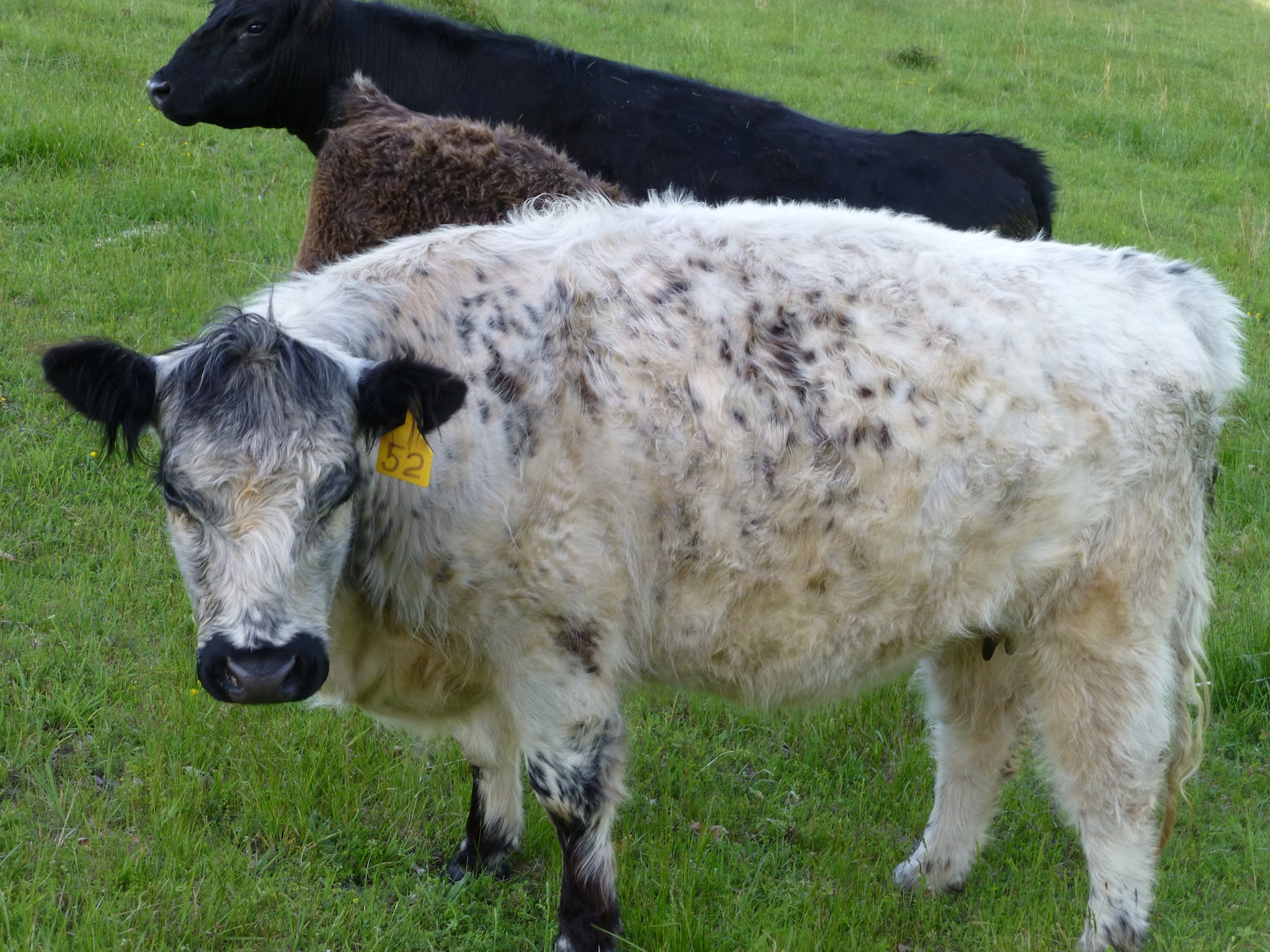cattle breed ID
1/16
There's no tags or description
Looks like no tags are added yet.
Name | Mastery | Learn | Test | Matching | Spaced |
|---|
No study sessions yet.
17 Terms
Black Angus (English)
scotland, good for midwest climate, black, polled, known for high marbling
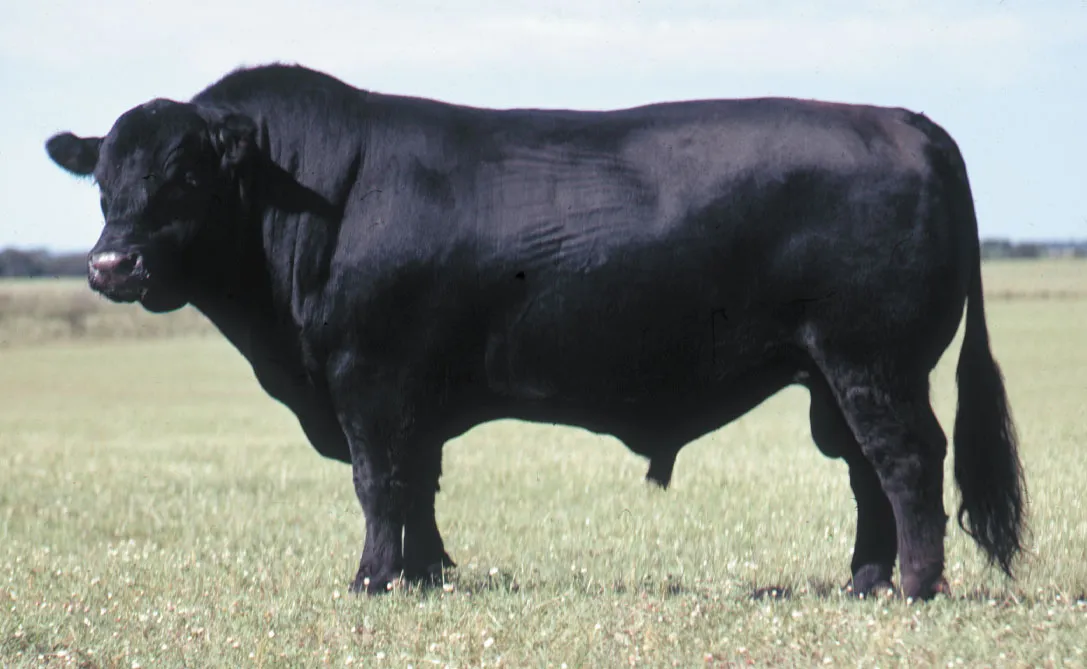
Hereford (English)
england, white face w/ red bodies, very hardy and good foragers, white head is dominant
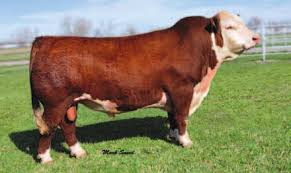
Shorthorn (English)
northern England
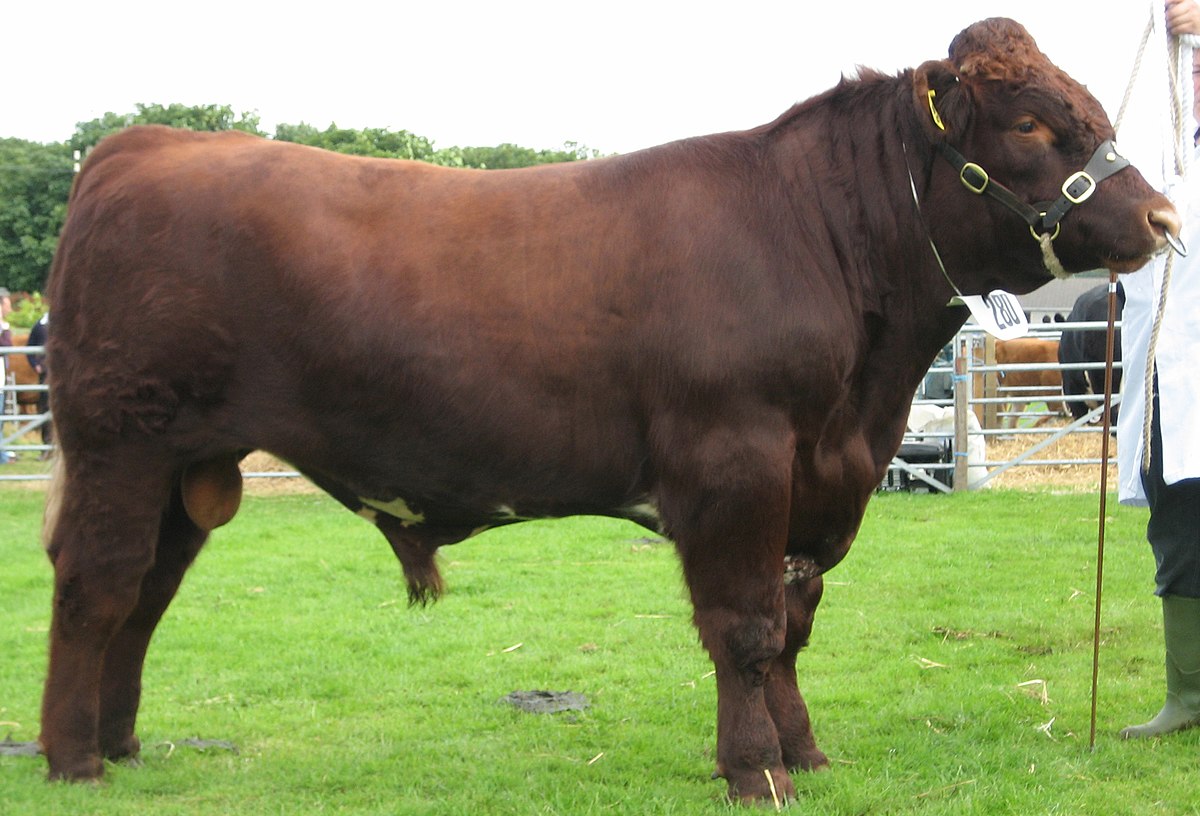
Devon (English)
first cattle in the US, easy calving, docile, able to adapt, good grass fed
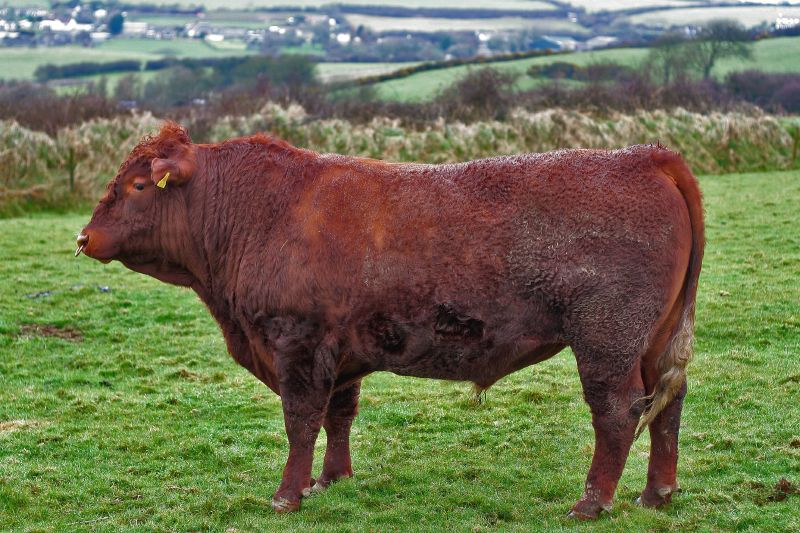
Simmental (European)
Switzerland, most popular cattle in europe, white face w/ tan
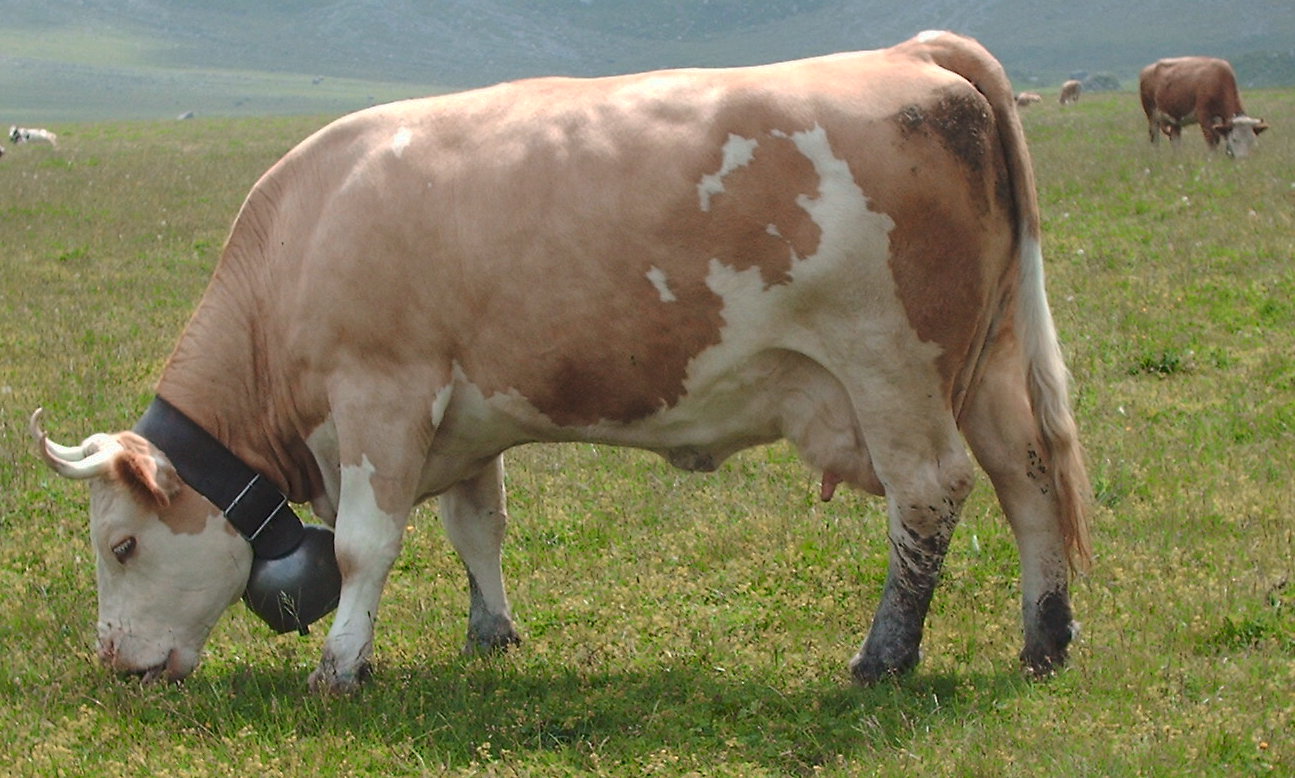
Gelbvieh (European)
Bavaria, germany, growth and muscular, milking ability, fertility and temperament, do not marble as well
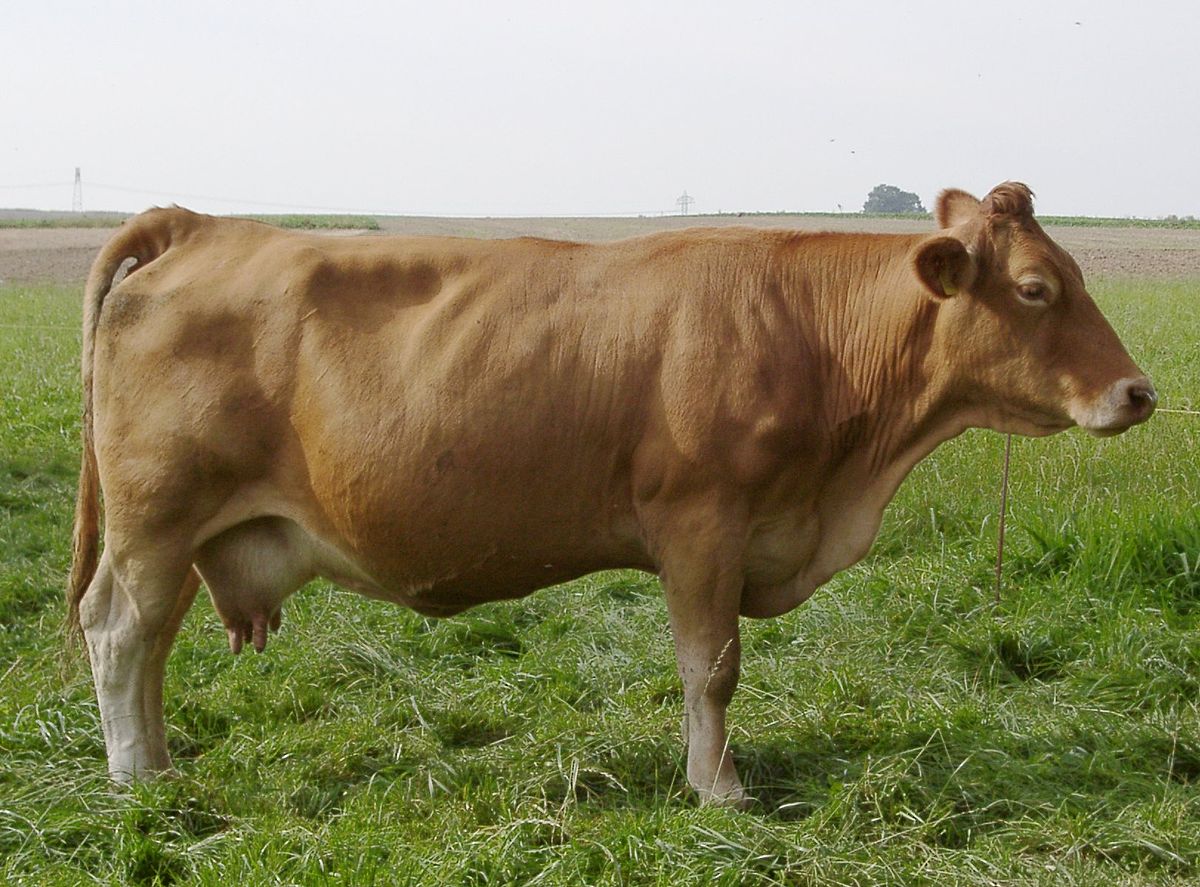
Charolais (European)
france, white

Main Anjou (European)
france, large but late maturing, high birth weight issues, large rib eye area, show steer industry
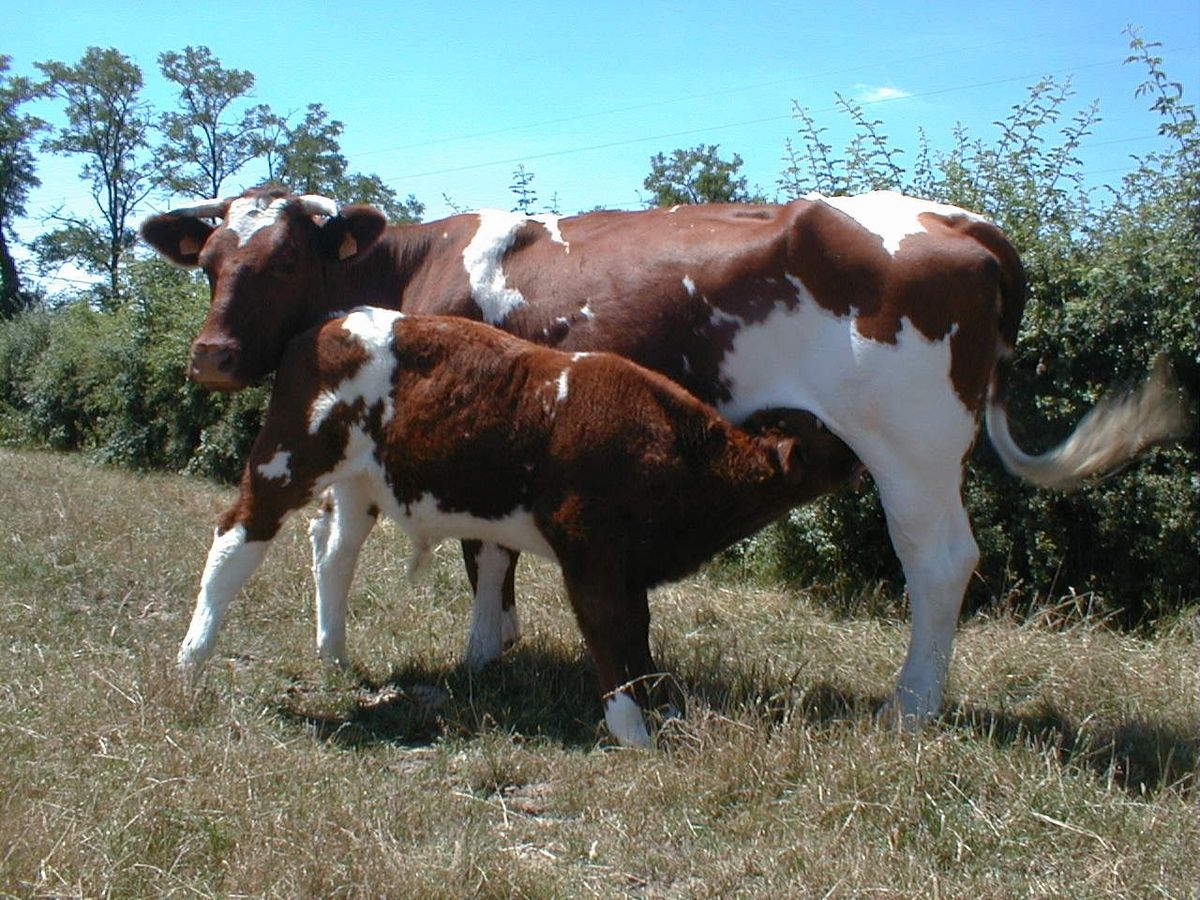
Chiania (European)
italy, black skin pigment with white hair & black switch, one of the largest framed, improves growth rates, leanness if used in crossing
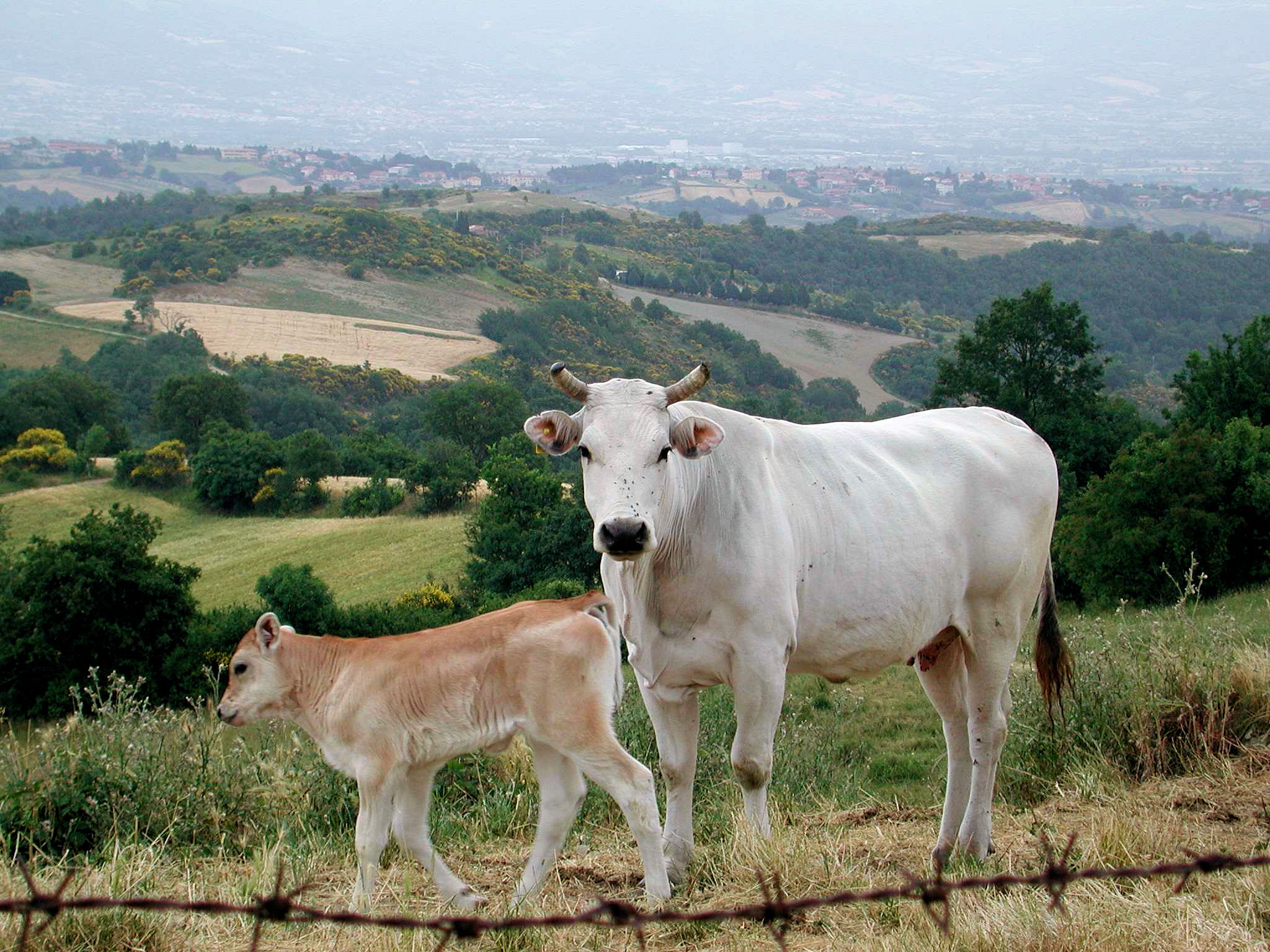
Limousin (European)
france, dark body with light eyes, good feed efficiency, lean carcass with large rib eye area, primarily terminal sire, Lim Flex composite programs
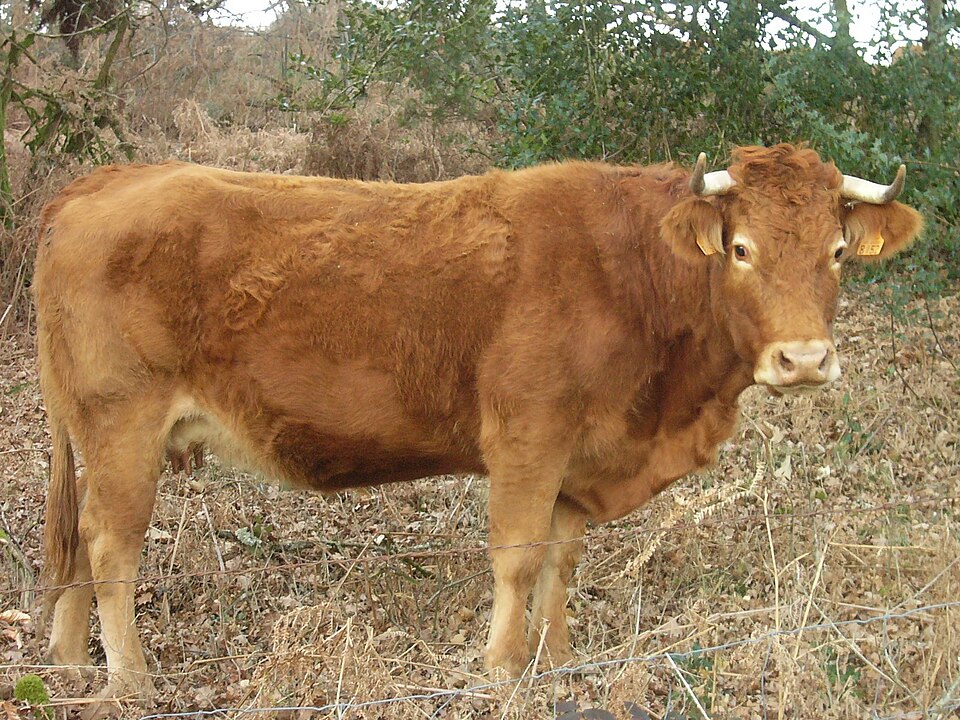
Saler (European)
france, dark mahogany, very good mother, popularity decreased due to disposition issues

Blonde d'Aquitania
france, blonde, heavy muscle, high rate of gain, good in feedlots
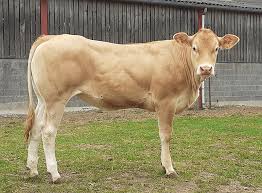
Chi Angus (composite)
chiania x Angus, optimize carcass traits from chiania & maternal traits from angus
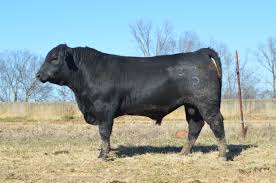
Brangus (composite)
brahman x Angus, good mothering ability & feed efficiency
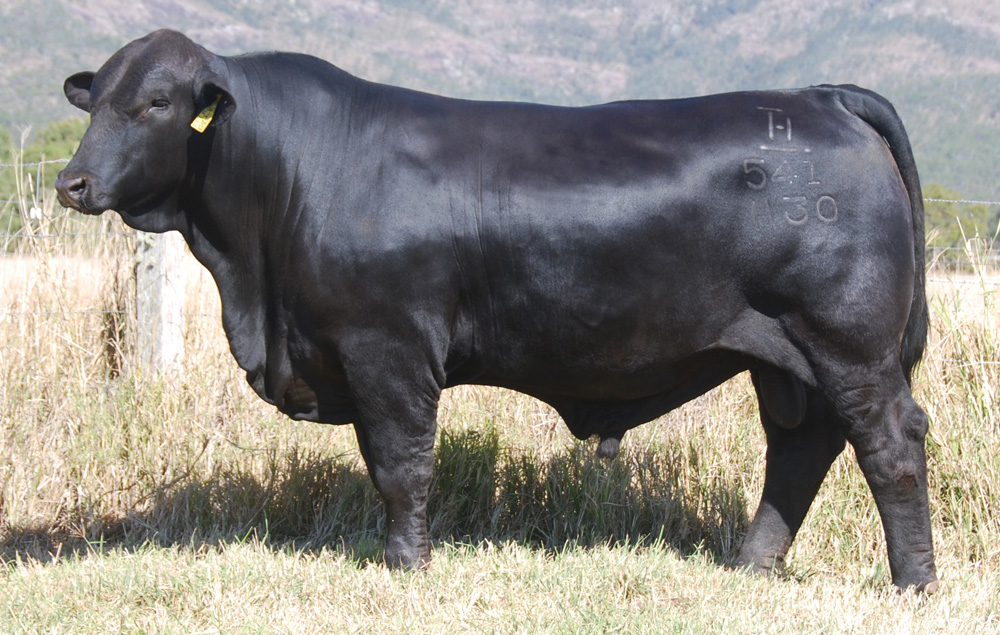
Brahman (American)
southwestern USA, close to Indian cattle, humid extreme environments, hump over shoulder, dark skin, light color, droopy big ears, heat and insect tolerant, poor meat quality
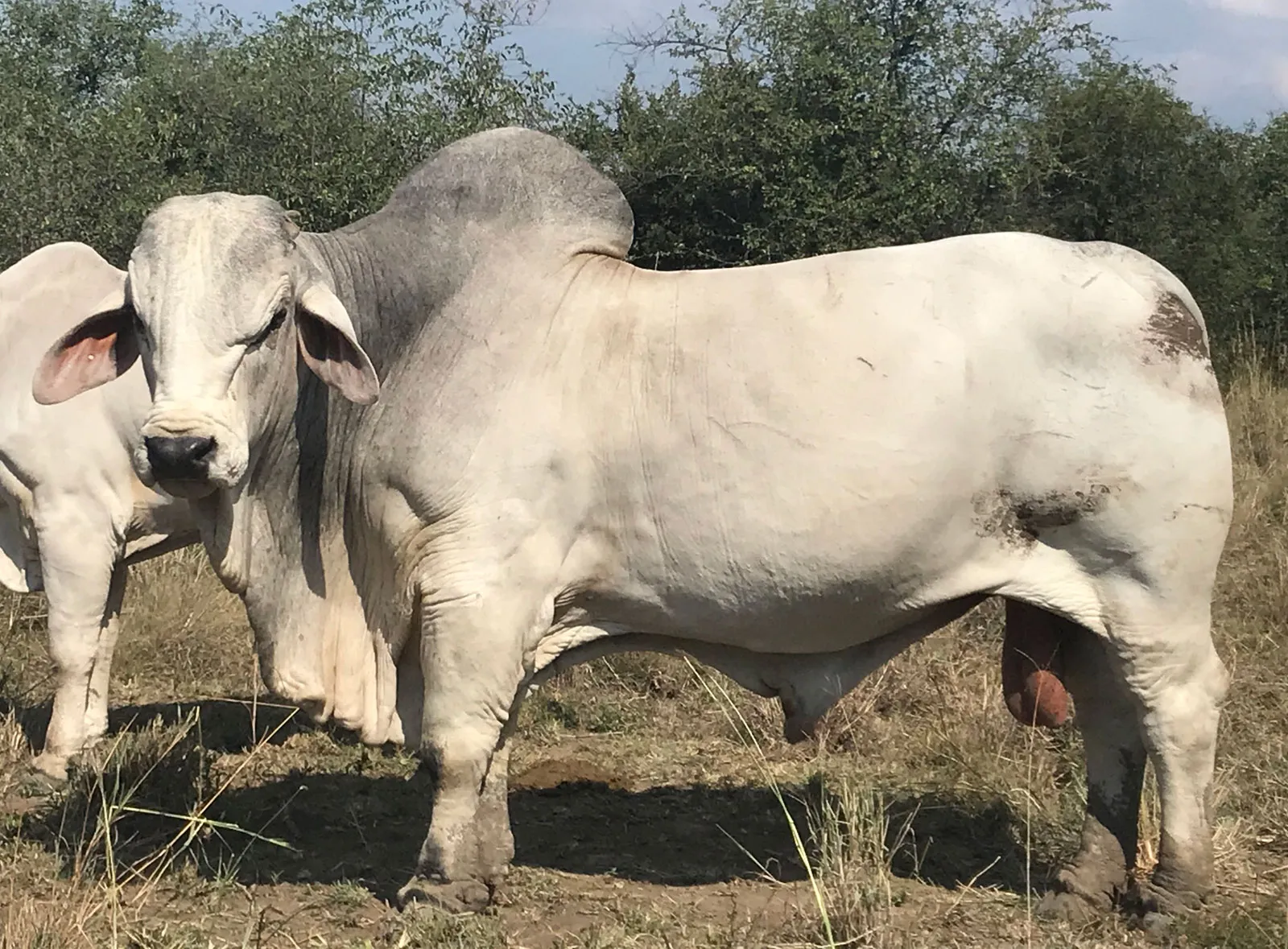
Texas Longhorn (American)
brought by Columbus, many colors and markings, horns 4+ feet, survive on sparse pasture, low birth weights
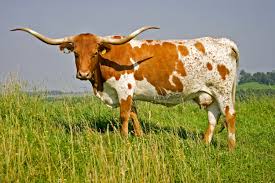
galloway
black, red or dun, long wavy hair, hardy, easy fleshing, overall good cows
